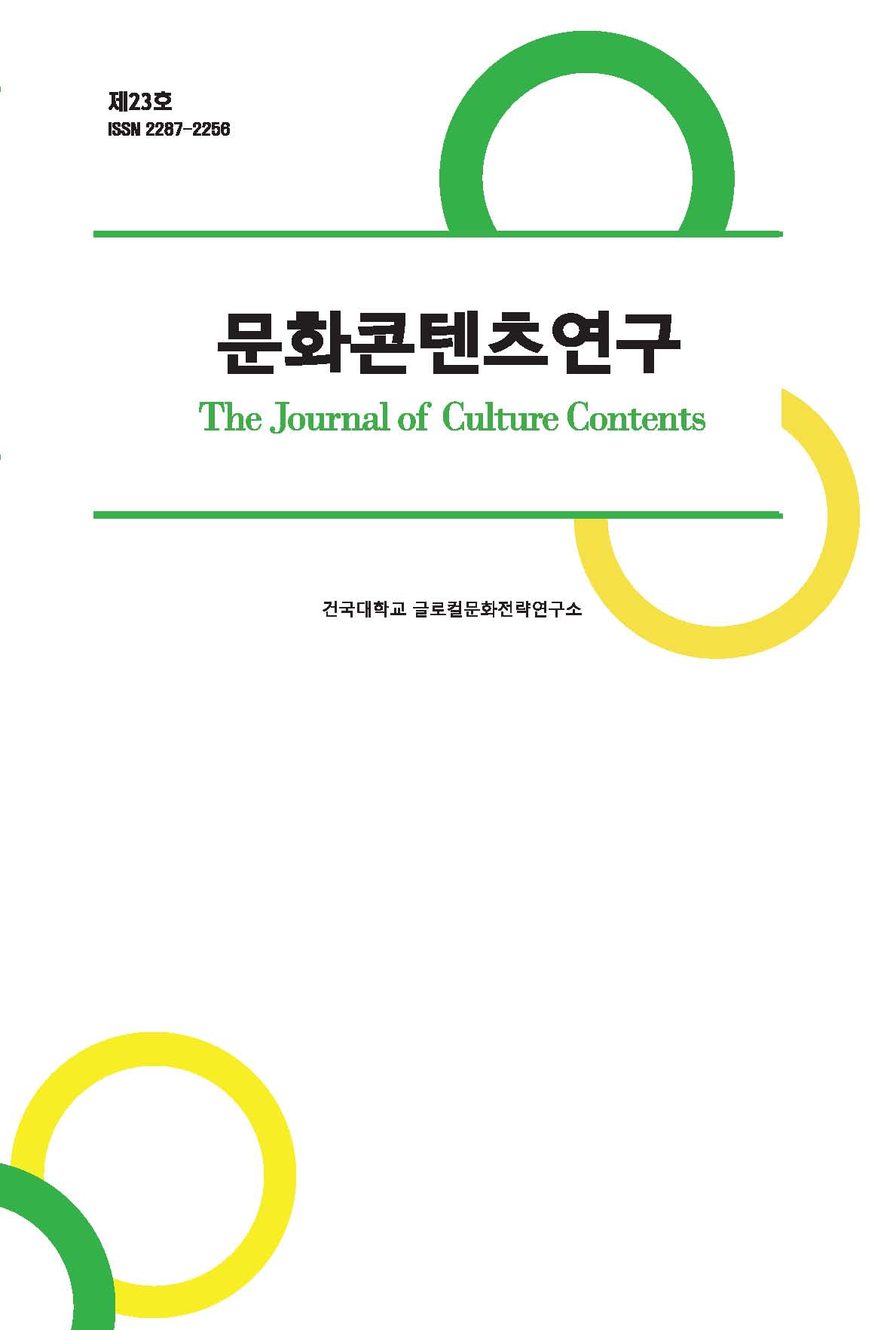Abstract
References
Information
As the interest in the multifaceted value of mountain villages increases, there is a growing demand for their natural characteristics, including scenic, cultural, and ecological value. Mountain villages, mainly centered around mountains, have distinctive locational features that differentiate them from other spaces or regions. Therefore, this study aimed to analyze the characteristics of mountain villages through their place names. Through the analysis of mountain village toponyms, a classification criterion was established to categorize them into natural toponyms, cultural toponyms, and others. The study examined all toponyms associated with mountain villages, focusing on their correlation with a representative regional cultural content, local festivals. The research findings indicate that out of the 466 towns and townships designated as mountain villages nationwide, 341 toponyms (73.2%) were associated with natural environments, with mountain-related toponyms being the most prevalent at 119 (25.5%), followed by location-based toponyms at 103 (22.1%). Cultural toponyms constituted 68 (14.6%) of the total. The cultural toponyms in mountain villages exhibited a characteristic combination of natural geographical elements associated with mountains. Examining cultural content utilizing mountain village toponyms revealed a total of 43 local festivals, among which 14 were associated with mountain village toponyms. The use of mountain village toponyms reflects the characteristics of these areas. Therefore, when enhancing the unique identity of mountain villages, active utilization of toponyms and their cultural content is recommended.
산촌의 다원적 가치에 대한 관심이 높아짐에 따라 산촌의 자연적인 특성에 기반한 경관적·문화적·생태적 가치 등에 대한 수요가 증가하고 있다. 산촌은 주로 산을 중심으로 타 공간이나 지역과 차별화된 입지적 특성을 갖고 있기에 본 연구에서는 산촌의 지명을 통해 특성을 분석하고자 하였다. 지명은 지형, 지물, 환경 등과 연관되어 명명되기 때문에 명명유연성(命名有緣性)의 특징을 갖는다. 이에 본 연구에서는 「산림기본법」 상 산촌의 정의에 해당되는 466개 읍·면의 산촌 지명을 분석하였다. 산촌의 지명소를 통해 자연지명과 인문지명, 기타로 분류할 수 있는 산촌 지명 유형 분류 기준을 구성하여 전부지명소를 분석하고, 대표 지역문화콘텐츠인 지역축제를 대상으로 산촌 지명과의 연계성을 분석하였다. 연구결과, 전국의 산촌 466개 읍·면 중 자연환경과 연관된 지명은 총 341개(73.2%)로 가장 많은 비중을 차지 하였으며, 자연지명 중 산 지명에 해당하는 지역이 119개(25.5%)로 가장 많았고, 다음으로 위치지명이 103개(22.1%)로 많았다. 인문지명은 68개(14.6%)였으며, 산촌의 인문지명들은 산과 관련된 자연지리적 요소가 결합하여 나타나는 특성을 보였다. 산촌 지명을 활용한 문화콘텐츠를 살펴본 결과, 총 43개의 지역축제가 있었으며, 그중 산촌 지명과 관계된 지역축제는 14개이었다. 산촌 지명은 산촌의 특성을 반영하고 있다. 이에 산촌 고유의 정체성을 특화하고자 할 때, 지명과 지명의 문화콘텐츠적 요소를 적극적으로 활용하여야 한다.
- 곽재용, 「하동군의 지리산 관련 지명 연구」, 『地名學』 제26권, 한국지명학회, 2017.
- 김순배·김영훈, 「지명의 유형 분류와 관리 방안」, 『대한지리학회지』 제45권(제2호), 대한지리학회, 2010.
- 김정태, 「지명 형성의 한 유형에 대하여」, 『地名學』 제26권, 한국지명학회, 2017.
- 김창환·양준혁, 「한반도 비무장지대의 사라진 마을과 지명에 관한 연구」,『한국사진지리학회지』 제31권(제1호), 한국사진지리학회, 2021.
- 김창환·양준혁, 「북강원도의 지명에 관한 연구 -행정도·리를 중심으로-」, 『한국사진지리학회지』 제33권(제2호), 한국사진지리학회, 2023.
- 김창환, 「국가기본도의 산 지명에 관한 연구: 강원도를 사례로 」, 『한국지리학회지』 제10권(제3호), 한국지리학회, 2001.
- 김창환·이상원, 「전라남도 산 정보와 지명에 관한 연구」, 『한국사진지리학회지』 제32권(제1호), 한국사진지리학회, 2022.
- 민경택, 「산촌에 대한 도시민의 인식 조사」, 『산림경제연구』 제24권(제1호), 한국산림경제학회, 2017.
- 오남현, 「산지촌의 형성과정과 공간특성 변화 : 영양군 석보면 요원리를 사례로」, 『한국지역지리학회지』 제8권(제3호), 한국지역지리학회, 2002.
- 이상원, 「한국의 산 정보와 지명에 관한 연구」, 강원대학교 대학원 박사학위논문, 2022.
- 임영태·최윤수·박경·윤하수, 「우리나라 해안 지명에 관한 기본 연구 - 해안 지명 명명 사례조사를 중심으로 -」, 『한국지도학회지』 제12권(1호), 한국지도학회, 2012.
- 임재해, 「설화의 미디어 기능과 지명전설의 인문지리 정보」, 『韓民族語文學』 제69권, 한민족어문학회, 2014.
- 임종옥, 「남해군 자연마을 지명 유래와 그 분포의 특성」, 부산대학교 교육대학원 석사학위논문. 2003.
- 손용택, 「전통 어촌의 풍수경관: 보성군 득량면 강골을 중심으로」, 『사회과교육』 제61권(제3호), 한국사회교육연구학회, 2022. 10.37561/sse.2022.09.61.3.169
- 정건용, 「지역 문화상품 개발을 위한 어메니티 활용방안 연구=장소마케팅을 중심으로」, 『한국디자인문화학회지』 제18권(제3호), 한국디자인문화학회, 2012.
- 천소영, 「지명연구에 쓰이는 술어에 대하여」, 『地名學』 제2권, 한국지명학회, 2001.
- 국립산림과학원, 「산촌가치재정립심포지엄 발표자료」, 2023.
- 국토지리정보원, 「지명 표준화 방안 연구」. 국토지리정보원, 2005.
- 국토지리정보원, 「한국지명유래집-중부편」, 2008.
- 국토지리정보원, 「한국지명유래집-충청편」, 2009.
- 국토지리정보원, 「한국지명유래집-전라·제주편」, 2010.
- 국토지리정보원, 「한국지명유래집-경상편」, 2011.
- 국토지리정보원, 「지명 표준화 편람 제3판」, 2018.
- 산림청, 「산림기본법에 의한 산촌 읍면 리스트」, 2017.
- 한국문화역사지리학회, 「지명의 지리학」, 푸른길, 2008.
- Publisher :Research Institute of Creative Contents
- Publisher(Ko) :글로컬문화전략연구소
- Journal Title :The Journal of Culture Contents
- Journal Title(Ko) :문화콘텐츠연구
- Volume : 29
- No :0
- Pages :273-303
- DOI :https://doi.org/10.34227/tjocc.2023..29.273



 The Journal of Culture Contents
The Journal of Culture Contents





